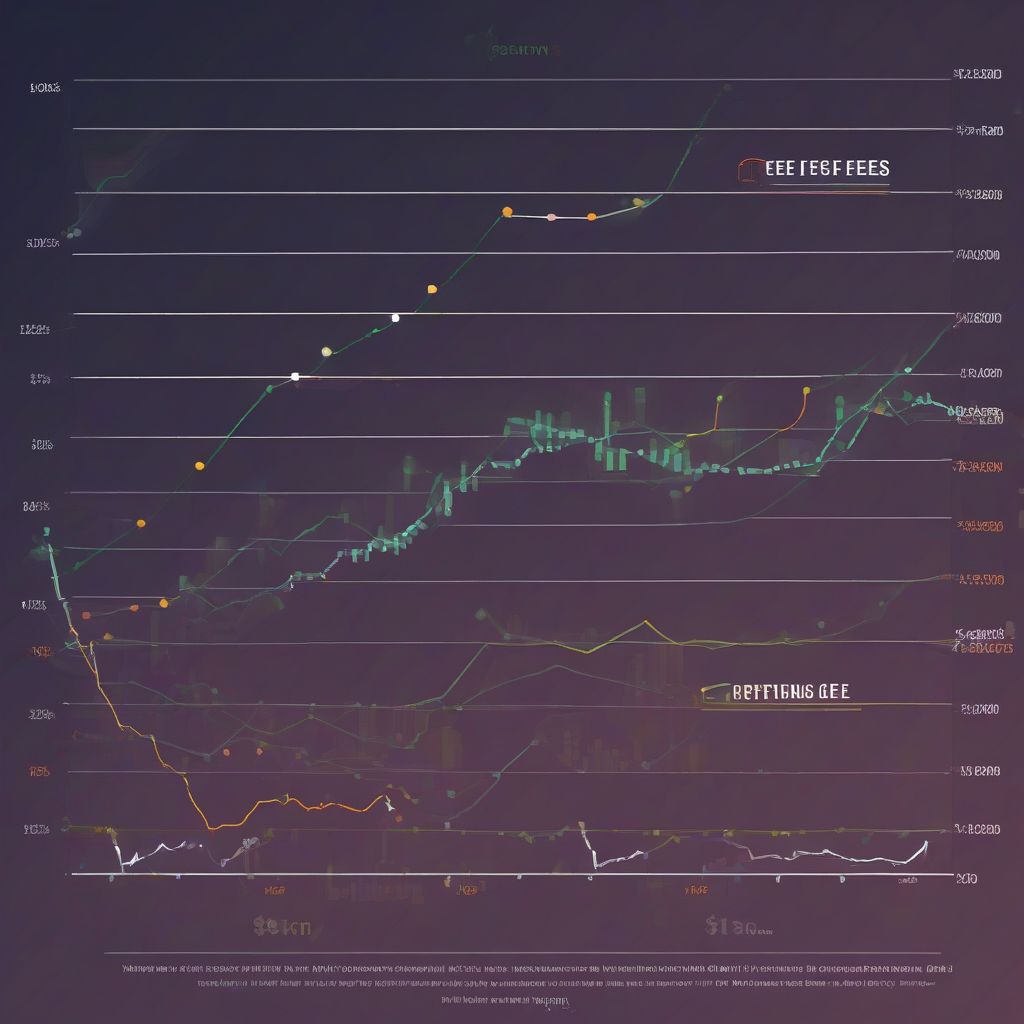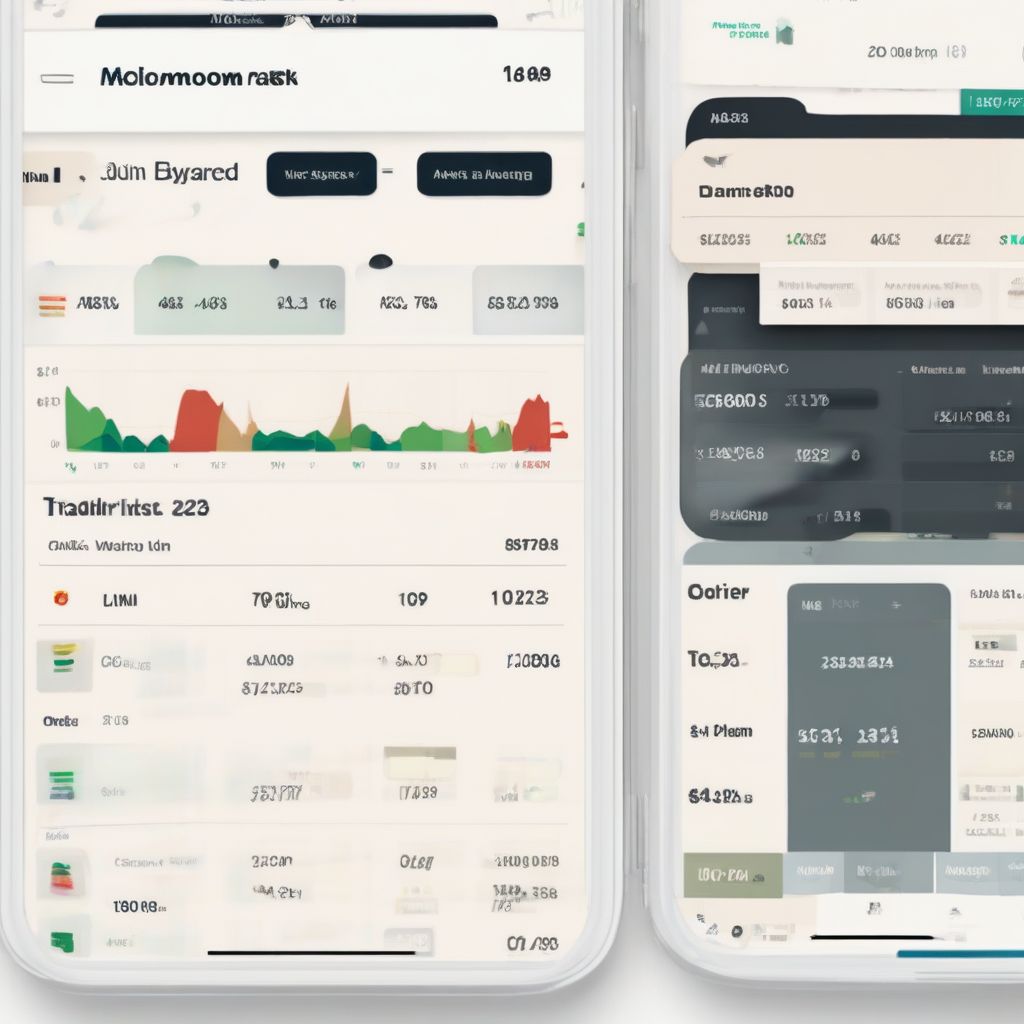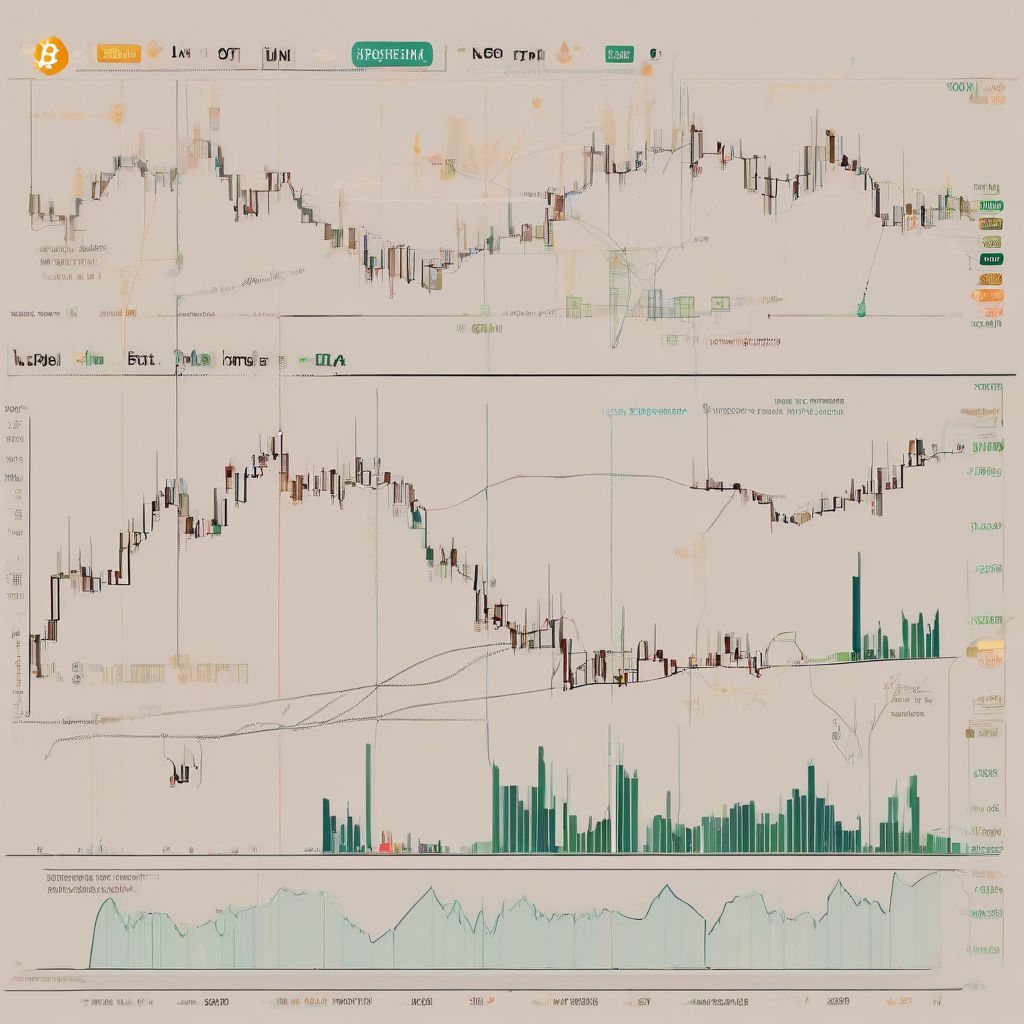Finding the Lowest Crypto Trading Fees: A Comprehensive Guide
Are you tired of high trading fees eating into your crypto profits? You’re not alone. Finding the Lowest Crypto Trading Fees is a top priority for both seasoned investors and newcomers to the crypto world. This guide will dive deep into understanding trading fees, how to find the lowest rates, and what factors to consider beyond just the numbers.
What Exactly are Crypto Trading Fees?
Before we jump into the hunt for the lowest fees, let’s clarify what crypto trading fees are. In essence, these are charges imposed by cryptocurrency exchanges or brokerage platforms for executing your buy and sell orders. Think of them like a small commission you pay for their services.
These fees can vary greatly depending on the platform and are usually categorized as:
- Trading Fees: These are the most common and are charged per trade. They can be a fixed percentage of the trade amount or vary based on a maker-taker model (more on this later).
- Withdrawal Fees: This is what you pay to move your cryptocurrencies off of an exchange and into your personal wallet.
- Deposit Fees: Some platforms (though not all) might also charge a fee for depositing crypto or fiat currency.
Why Finding the Lowest Crypto Trading Fees Matters
You might be thinking, “They’re just small percentages, right?” While individual fees might seem negligible, they can significantly impact your overall profitability, especially if you’re a frequent trader. Lower fees mean more of your capital stays working for you.
Unveiling the Different Fee Structures
Not all fee structures are created equal. Understanding them is key to minimizing your trading costs:
1. Flat Fees
As the name suggests, these are fixed fees charged per transaction, regardless of the trading volume. They are more common with brokerages that cater to beginners.
2. Volume-Based Fees (Maker-Taker Model)
This model differentiates between “makers” who provide liquidity to the order book and “takers” who execute orders immediately. “Makers” typically enjoy lower fees than “takers.” The fee rates usually decrease as your trading volume increases.
3. Percentage-Based Fees
This is a straightforward model where you pay a percentage of your total trade value.
trading.hoahocthcs.com/wp-content/uploads/2024/07/cryptocurrency trading chart with fees highlighted-66a468.jpg" alt="crypto fees chart" width="1024" height="1024">crypto fees chart
Key Factors to Consider Beyond the Fees
While finding the lowest fees is essential, don’t base your decision solely on that factor. Consider these aspects as well:
- Security: Look for platforms with robust security measures to protect your assets.
- Reputation and Trust: Opt for well-established exchanges with a proven track record and positive user reviews.
- Trading Volume: High trading volume ensures liquidity, meaning you can easily buy or sell your desired crypto without significant price slippage.
- Coin Availability: Ensure the platform supports the cryptocurrencies you want to trade.
- User Interface and Features: A user-friendly platform with advanced charting tools and features can enhance your trading experience.
Strategies for Minimizing Your Crypto Trading Fees
Here are some pro tips to keep your trading costs low:
- Increase Trading Volume: Many exchanges offer discounted fees for higher-volume traders.
- Utilize Limit Orders: Placing limit orders often qualifies you for lower “maker” fees.
- Look for Fee Waivers and Discounts: Some platforms have promotions or reward programs that offer fee reductions.
- Consider Decentralized Exchanges (DEXs): DEXs can have lower fees but might come with trade-offs in terms of user experience and security.
Conclusion
Finding the lowest crypto trading fees requires careful research and consideration of your individual trading needs and risk tolerance. Don’t compromise on security or platform reliability just for slightly lower fees.
Have any more questions about finding the best crypto trading platforms or want to share your own fee-saving strategies? Leave a comment below – we’d love to hear from you!



